
Shooting San Francisco in black and white with the Film Olympus PEN F.
By Dirk Dom
Hi!
I just got back from a 16 day trip to San Francisco.
As my only camera I took the Olympus PEN F, a little SLR jewel from 1962. It shoots half frame (18 X 24mm negatives), 72 images on a roll of 35mm film. I took no light meter, eyeballed the light through the Sunny f/16 rule.
I bought the PEN about twenty-five years ago as an investment, and didn’t use it until about a year ago. That was so much fun I took the plunge and took it to S.F. as my only camera. I have four lenses for this camera: 20mm f/3.5, 25mm f/4, 40mm f/1.4, 100mm f/3.5, equivalent to 28, 35, 56 and 140mm on full frame. The 20mm I bought for $320 a week before I left as I wanted a wide angle. The lenses are tiny, I walked about in S.F. with the 20, the 40 and the 100, and it all fit easily in a 5 by 5 by 8 inch camera bag.
I shot black and white, Kodak Tmax 100, with a yellow filter.
I’m very much a fan of shooting “one lens, one camera”, but since I was there only for sixteen days I couldn’t repeat my walkabouts and I took the three lenses with me. That made for a lot of lens and filter changes, but that was O.K.
My ex-wife and son live in S.F. and I’m photographing that city as a project. I’m from Belgium, it’s a ten-hour flight. So far I’ve photographed there with a digital Olympus PEN, a Mamiya 7, a Canon F1 and a Hasselblad Xpan. I go on five to eight-hour long walkabouts in and around the city.
So, now, the silver based PEN. I’m crazy about grain and the tiny negatives certainly had no lack of that. It’s silly to try to compare with medium format or digital: the PEN has it’s unique way of rendering images which you best appreciate al on its own.
Shooting it was immense fun. Because it’s an SLR I could frame and compose with extreme accuracy. The 20mm focuses down to five inches. Eyeballing the light was no problem, except in Muir Woods, a Coastal Redwood forest. There, there is a 10 stop difference in light intensity between the sky and the deep shade under the 300 feet high trees and shooting wide open at 1/30th I got almost nothing on my negatives.
I came home with 280 images, shot about 20 a day, and I’ve got about 25 keepers.
My hallmark as a photographer is producing images with non reproducible, unexpected stuff in them. I just seem to keep on making them. This time I have three of them:
First is an image of dried out flower stalks shot straight into the sun, the 100mm lens wide open. because the PEN only allows 1/500 second, this shot was so grossly overexposed the negative was entirely black, but the scanner managed to get an image out of it. Working with burning and dodging in Photoshop this came out:
This was what I originally had in mind, sort of. Never thought it would work out.
I did this spectacular eight hour walk, for people who know S.F., here’s the itinerary:
BART to the Embarcadero, ferry to Sausalito, walk to Fort Baker, under the Golden Gate bridge, all the way up to the big viewpoint on the Marine headlands (one of the most beautiful views in the world), back, crossing the Golden Gate bridge, bus 28 to Daly City BART and the bus back home.
At Fort Baker, I made this shot:
The exact symmetry of the sun spots was totally unexpected.
And walking under the Golden Gate bridge, this one:
Imagine my surprise of seeing the city when I scanned this one.
I put a lot of work into Photoshop, practically all burning and dodging. I also correct perspective. Except for levels and some very careful sharpening I use nothing.
Here’s some five more shots which I think came out good:
Walking the coast near Pacifica.
This trip, I’ve been literally everywhere around the Golden Gate, because I wanted to do a project of it. That bridge is of course photographed billions of times a year. But still I enjoy shooting it. I wonder how it is at the big viewpoint at the Marine Headlands during tourist season.
People shooting the Golden Gate bridge which is to the left, all selfies of course:
The view through my ex-wife’s living room window:
My son grows marijuana, which is legal there:
Now, I’ve got a Linhof Technikardan with six lenses. It’s a technical medium format camera which shoots 6×7 and 6×9. I very much enjoy spontaneous, unexpected photography and like to be surprised by images. So far, I’ve taken out the Linhof for real two times and the results were stellar. But it takes at least five minutes to set up per shot, where ‘s the spontaneity, and I always go back to my rangefinder Mamiya 7 and Fuji GL690. Right now, I’ve been in S.F. for my shooting project about six times and I’m beginning to know the city. Next year in September I’m going back there for 16 days and I’ll take nothing but the Linhof. I’ll go on walkabouts again and use the places I know beautiful photography is possible as a base and see if I enjoy it.
I’ve been fascinated by the huge parking garages near the Embarcadero for years. This is how they come out on the PEN:
Well, and here’s the view from the Marin Headlands, a portrait of my son. I wonder how many people shoot it a year.
For those who want to shoot S.F. and wonder about which selection of lenses to bring: all you need is the equivalent of a 28, 50 and 135mm on full frame. the only place I wanted something wider like a 20 or a 24 was at the viewpoint of the Marine headlands.
If you want to shoot black and white film, always use a filter. I used a yellow filter this time. It brings out skies and increases contrast.
One final remark: There are two ways of viewing these images as they should be seen: one is on serious Baryta prints, the other is opened in Photoshop on my Eizo monitor. All other hard- and software messes up the images. I can’t really show them, my apologies for that!
Bye, and thanks, Steve, for posting this!!
Dirk.

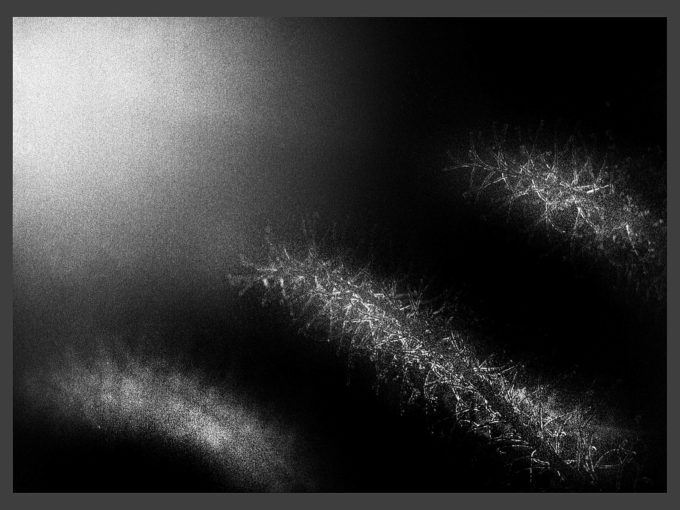
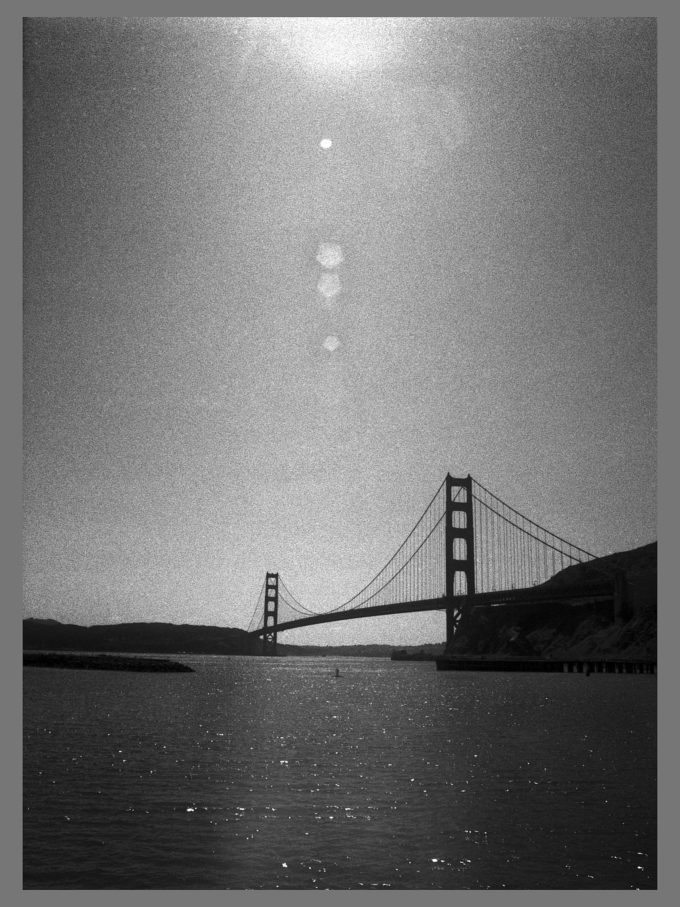
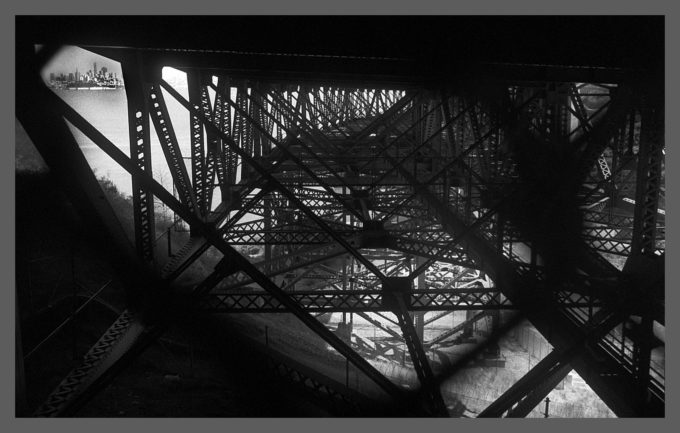
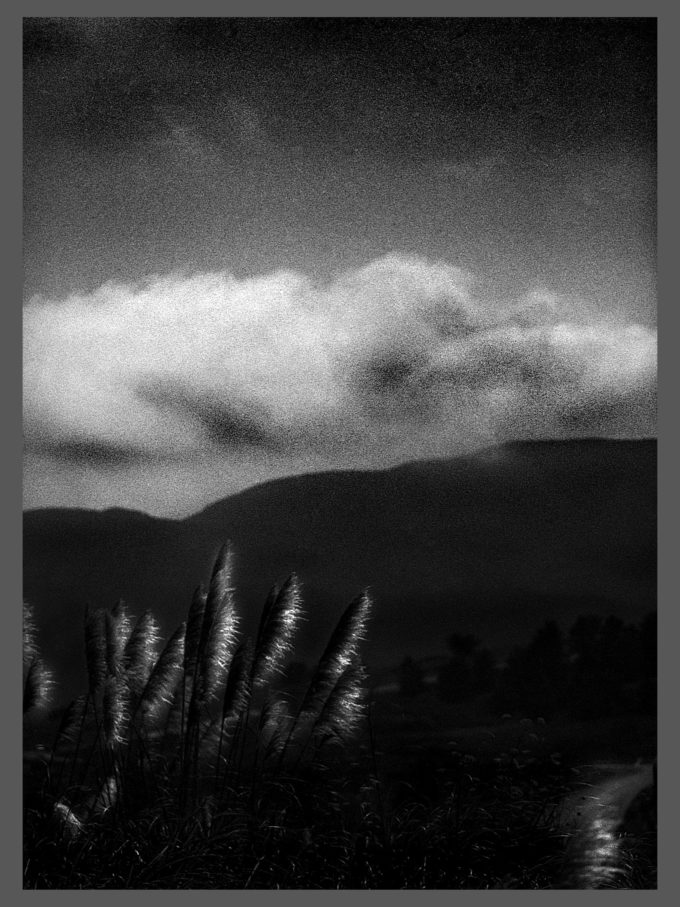
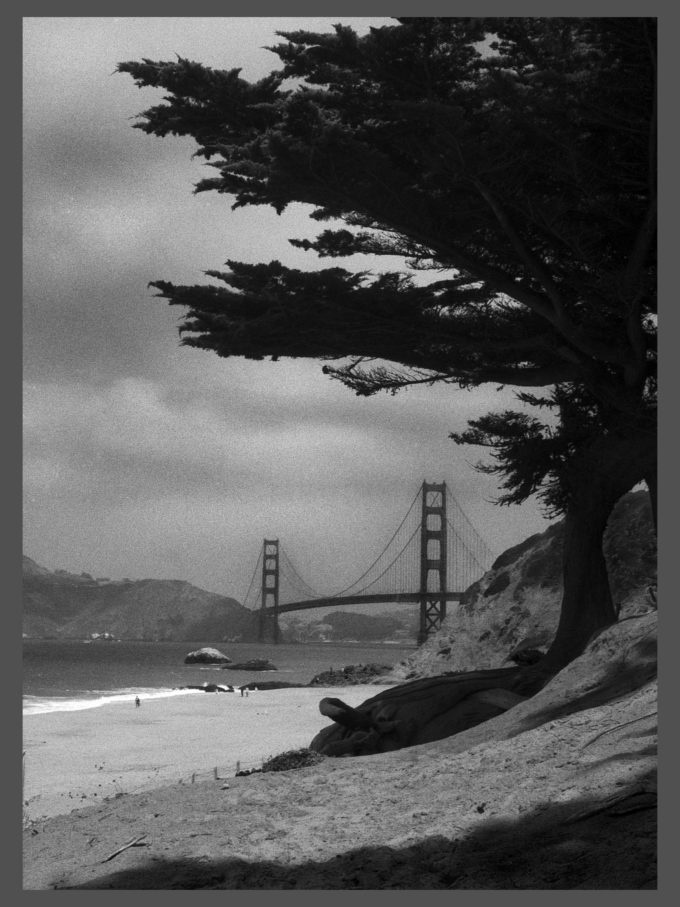
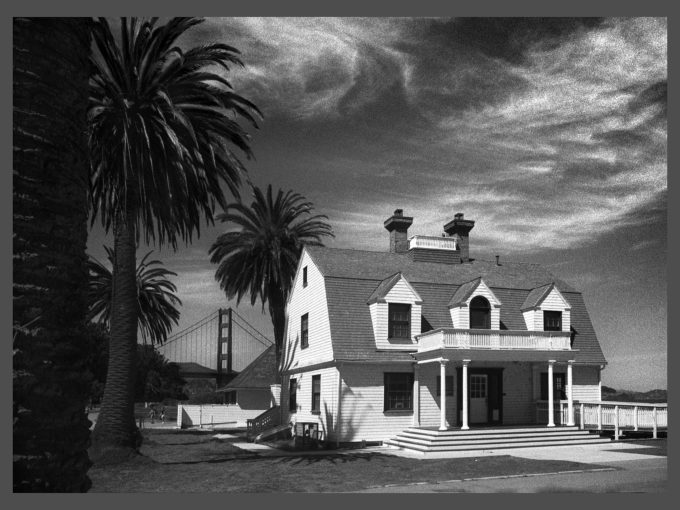
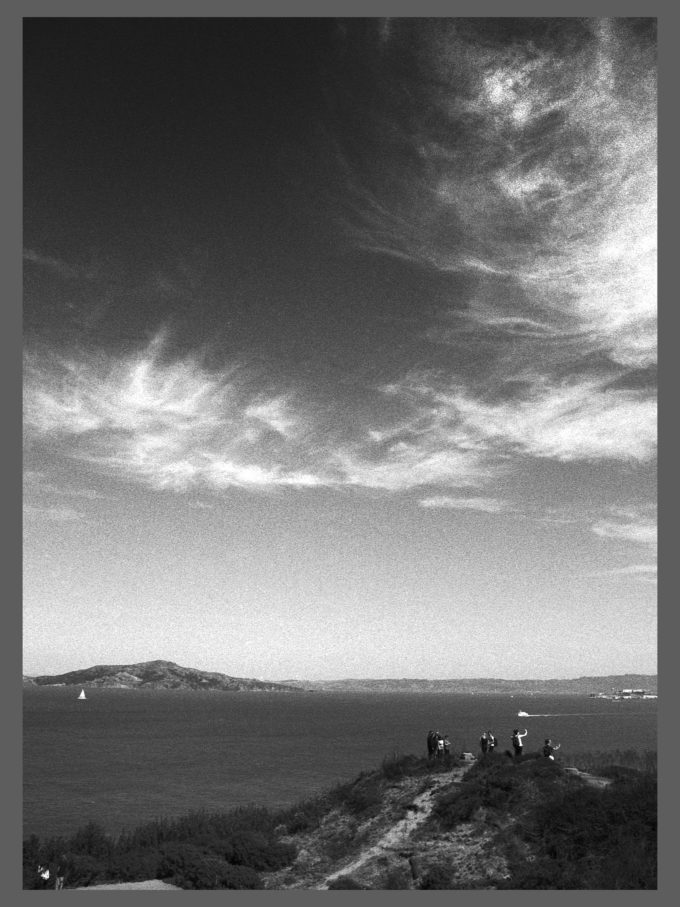
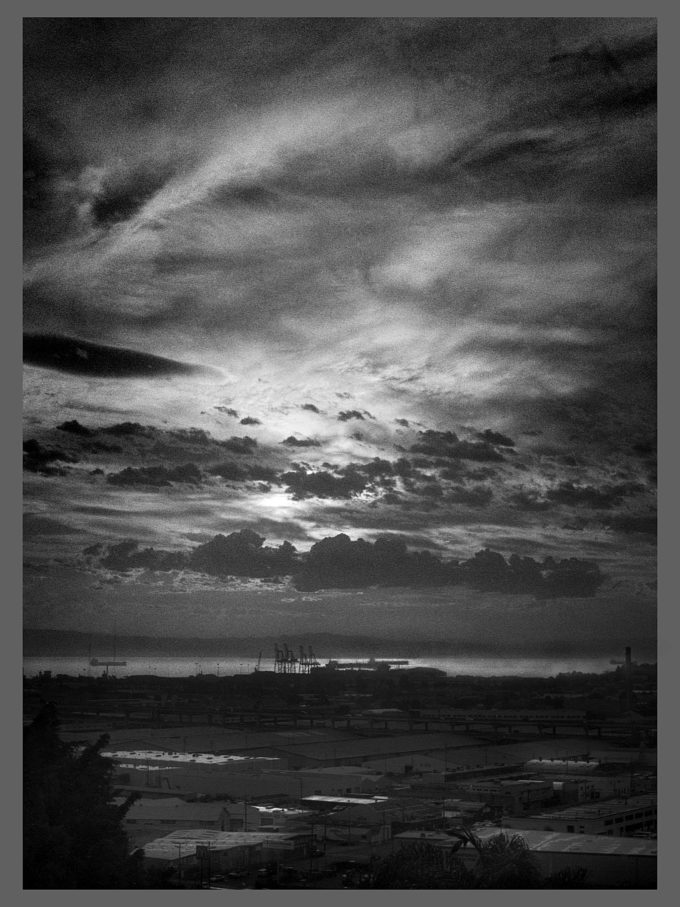
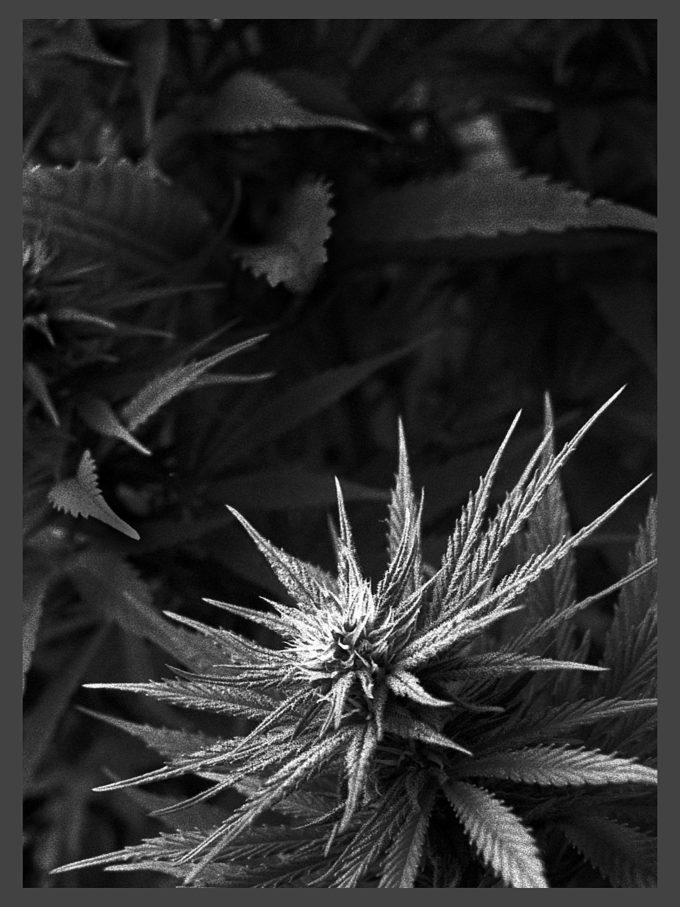
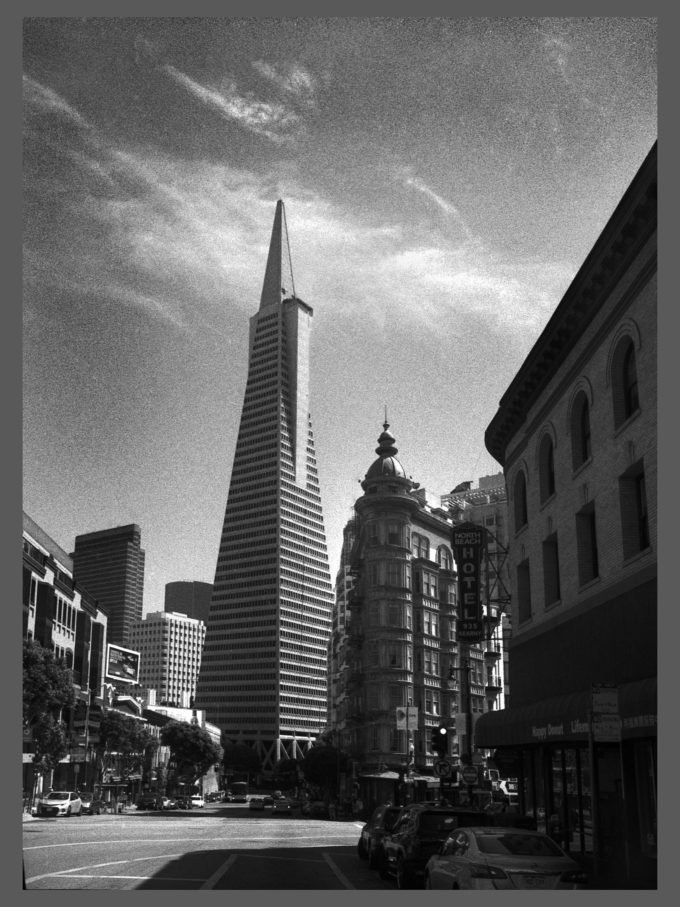
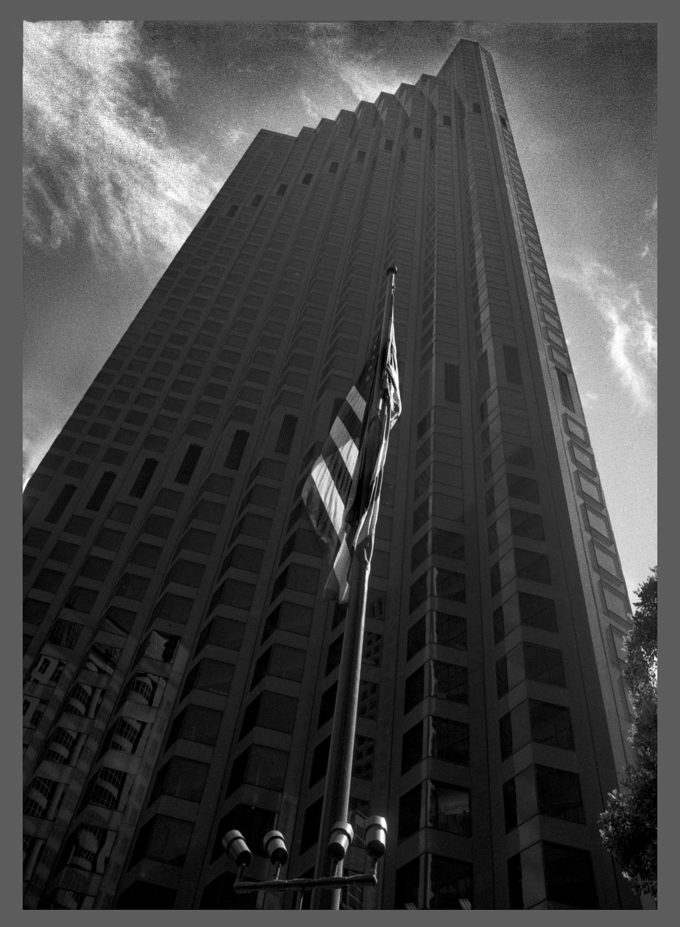
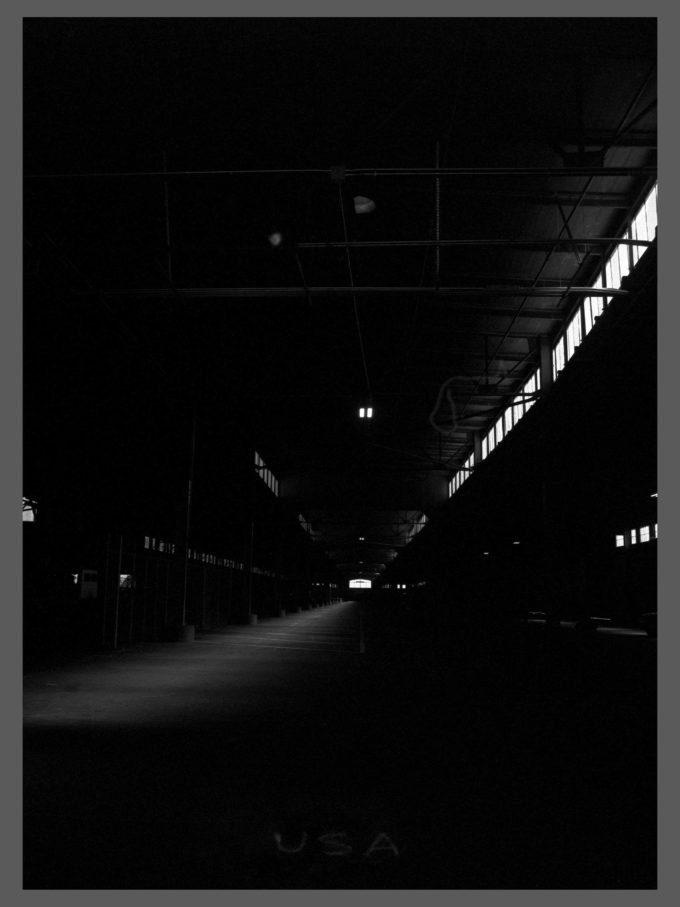
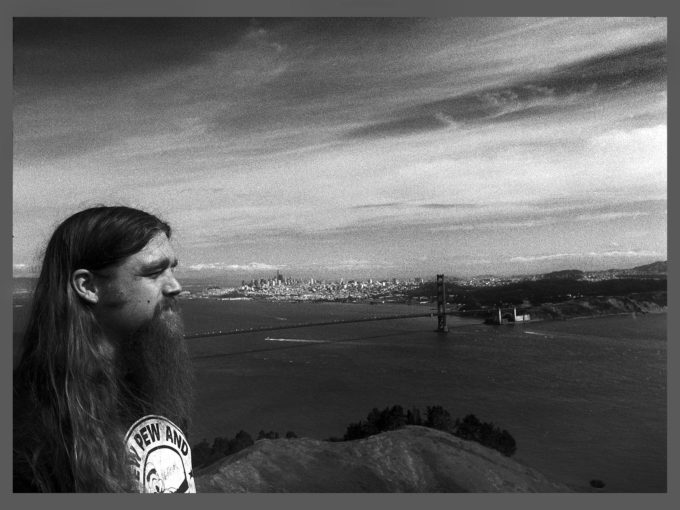

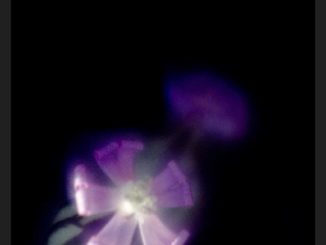

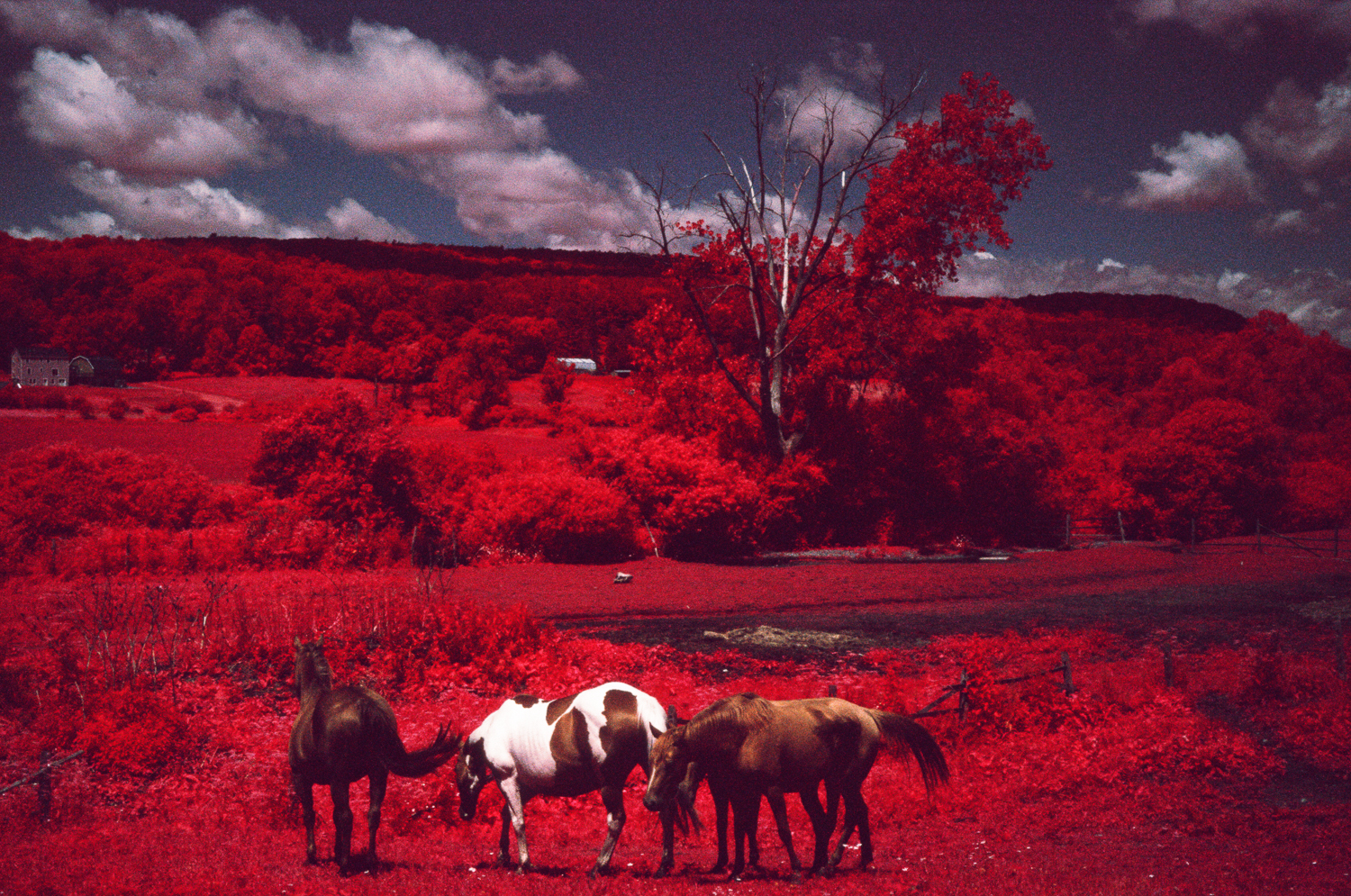
Hi, Peter!
I feel the same.
I got out of digital photography because I hated the noise.
I just love film grain, medium format I shoot at 800 ASA to get more of it, and the lest three years I shoot flowers on 800 ASA film, three stops overexposed to get more grain.
Dirk.
I find seeing the grain in the film to be charming, whereas if that was digital noise, probably I’d see that as a disturbing fault. Not sure why I feel this way.
I love your work ! You are an artist !
There’s a quality to these images that’s really striking and unique. Also an unusual camera to see featured and used so well! Thanks so much for sharing, I really enjoyed this article.
Hi, Lothar,
If you shoot mirrorless, there are two extremely sharp manual focus macro lenses I ‘d advise:
First one is the Canon FD 50mm f/3.5 macro. it shoots up to 1/2, you need to buy a 25mm extension tube to go to 1/1. I bought this lens used in mint condition for $25, the FD 25mm extension tube I got for $5.
The sharpest 100mm macro lens I’ve got is the Kiron 105mm f/2.8 macro, for Canon FD, which goes to 1/1. It’s a gem. I paid it $20.
An adapter for Sony, Olympus, Fuji you get for like $30.
Although you no longer may find these lenses for such a price (This was before mirrorless) you may find a good deal on them.
For copy work, I’d recommend the Canon FD 50mm f/3.5 macro.
Bye,
Dirk.
Hi, Dirk,
I thank you very much for your detailled describtion of your scanning workflow and your thoughts about your hybrid approach (film capture, digitizing, digital processing) comparing it with your former experiences in the wet darkroom.
Obviously you are knowing what you’r doing and this makes your opinion especially valueable.
I for myself decided to go the hybrid route also (b&w 35mm-6×7), but via camera scanning with very good macro lenses. The possibilities in manipulating the b&w digital files with the computer are impressive but often I do miss the wet darkroom, at least for the feeling of the process …. .
nice pictures Dirk – love the compositions and tones and as you know I also love the camera – though I think I have smoother finer grain that you have here – possible because yours are probably sharper and your scanner has more detail
]http://www.stevehuffphoto.com/2016/06/13/half-frame-love-with-the-real-pen-f-by-ibraar-hussain/
Super eye you’ve got. Most excellent images.
Hi, Lothar,
I use an Epson V750 with Silverfast software. I scan at 4,600 PPI, 16 bit greyscale and save as a TIFF. I put auto sharpen on “less auto-sharpen”. It’s the latest Silverfast software.
As filmholder I use the 35mm film Epson holder which came with the scanner. It’s fine.
I use a little sharpening (about 3 pixels, between twenty and thirty per cent) in Photoshop, smart sharpen. I sharpen differently with every shot.
I’m very happy with the scans, they say flatbeds are no good but I have to disagree with that.
The grain in the shots seems to depend on the exposure. I have photographs where it’s hardly visible and others where it’s very visible. I think that’s inherent to film.
I spot the image at 200%, even making corrections in the grain structure.
I have no problem at all with the grain, I like it. If I didn’t like grain, I wouldn’t shoot half frame.
Grain looks different at different enlargements on screen.
In Photoshop after all is processed, I make the image 300DPI, 12 inches shortest side. there’s almost no enlargement from the original 4800 DPI image, then. I save both as a TIFF and a highest possible quality JPEG. If I do further work I do it on the TIFF.
I get the JPEG printed by a pro on Hahnemühle Baryta with a 12 color inkjet printer and pigment inks. The results are very, very good.
40 years ago, I did a lot of very serious wet darkroom work, but I haven’t saved a single image from that time. Unfortunately, I’ve forgotten how grain enlarged by a lens looks. I should get a few prints done in a wet darkroom as reference. But then you have condenser enlargers and diffusor enlargers, with their own grain rendering.
One thing I’m sure of: I could never get this precision, beauty and quality in the wet darkroom.
Dirk.
Can you please comment on the scanner and scan-software (any unsharp masking to exaggerate the grain?) you did use? And is there a filmholder for this half-size format available?
Very, very good set of pictures
Your images show again that when you have an artistic eye the tools you are using are almost irrelevant!
keep bringing them on!
… half frame means double grain for the same print size.
Beautiful set of lenses. And lovely photographs here too. Really inspiring
Most photo scanners exaggerate grain. Cine scanners don’t, but there is no photographic lab that I know of that has a cine scanner.
Some of those shots are really beautiful! I would love to try a Pen F one day. Such a cool little camera. It’s too bad that the flange focal distance is just a bit longer than the Leica M…
As always Dirk Dom brings some skilfully and thoughtfully put together images. There are certain images that definately strike a cord with me. It must be tough having a family split between oceans.
Love these.
Great work. Great camera. Love these photos.
I ve used one pen, it s a great camera. With Contax T, and my Leica M3 one of the best camera 9n hearth.
https://www.eyeem.com/u/saulaire
Hi, David,
I developed with Tmax developer at 24°C for the time recommended by Kodak, agitation 4 slow inversions every 30 seconds, no pushing or such.
Some images indeed show serious grain, I think that’s due to the fact that I used the Sunny f/16 rule and didn’t meter light. Some shots may be overexposed one or two stops. The film looks good, though.
Dirk.
How did you process these! Despite the smaller neg, TMax 100 is fine grained and shouldn’t show that much grain on a tiny 6″ image on my screen.
exc, and you know that!
Hi, Dennis!
I remember that Ilford film. Never dared to try it as i had no clue about loading it on a spool.
I loaded up cassettes from bulk film until they were completely full, that was about 44 shots. But then the wind up part of the camera would get so full it sometimes jammed and then the sprocket holes got ripped.
Ahh!… Those were the days…
Dirk.
As a long time reader of Steves site I perhaps take for granted the photographic talent that populates it. Many thanks for taking the time to pen this article Dirk ( excuse the pun!) really enjoyed viewing the images.
Lovely pictures! Film keeps its magic, indeed!
Excellent work as always Dirk Love it..
Excellent photos! Love the grain. A fine view of the city by the bay. Know it well!!
Very, very good indeed.
A very interesting article and a reminder that the camera is the least important element in making outstanding pictures. I was brought up on film and I loved film photography, darkrooms, chemicals etc. I ended my film days printing mainly high contract B&W with crisp grain. Your pictures brought me back to those days. Today I am all Digital, and although the cameras and technology is impressive it seems to lack the soul of film. Thanks for reminding me that a simple camera and film is still capable of making impressive pictures.
super photos , i remember the x pan shot with fellas tattoo think near warF 🙂 i try to go once a year, though I have know family there , its may favorite place early in the morning and the climate is a joy being from n Ireland 🙂 keep snapping can’t wait to see large Format next YaY !!!
Nicely done. I really like the picture of the Golden Gate with the silhouetted tree in the foreground.
Thanks for the great photos and for reviving memories of Olympus half frame cameras. The Pen F was a great little camera.
At one time Ilford offered a 72 exposure roll of HP-5. That would be 72 exposures of full frame black & white. 144 half frame shots with the Olympus! Yes you needed the special Ilford plastic reel to load and develop the film. It was quite thin and loading it onto the reel took both skill and patience. If I remember correctly it loaded from the center, or core, of the reel outwards. That was the opposite of the way typical plastic 35mm reels loaded. The thin film also had issues when loaded into the negative holder for my Beseler 4×5 enlarger – it curled like crazy. Back in the day I probably shot about 15 or 20 rolls of 72 exposure HP-5 with an OM-1. Seemed like a big deal to be able to get 72 shots on a single roll of film. Particularly since my usual camera (a Rollei SL66) only allowed 12/24 shots per roll with 120/220 film. Of course now the number of digital exposures is just amazingly huge.
Dirk, story and photos are top. As usual from you!
And forgive me for just complimenting the camera! I really like your vision.
Really enjoyed these shots. What a wonderful little camera.
Wow Dirk, what an amazing article and experience to share!
I often read diagonally through Steve’s guest posts cherry-picking the ones I really like. I couldn’t stop reading yours! Thank you for sharing such a simple and honest approach to photography. Your vision and methods are, to me at least, what photography should be about. You gave yourself what some people might think are constraints (film, no light meter, fixed lenses…) and the results are amazing. These constraints though are what allowed you to comfortably walk hours on end with a teeny tiny kit and a simple way of enjoying your passion.
It ended up in one of the better articles on this website, well done!!
Guillaume